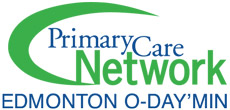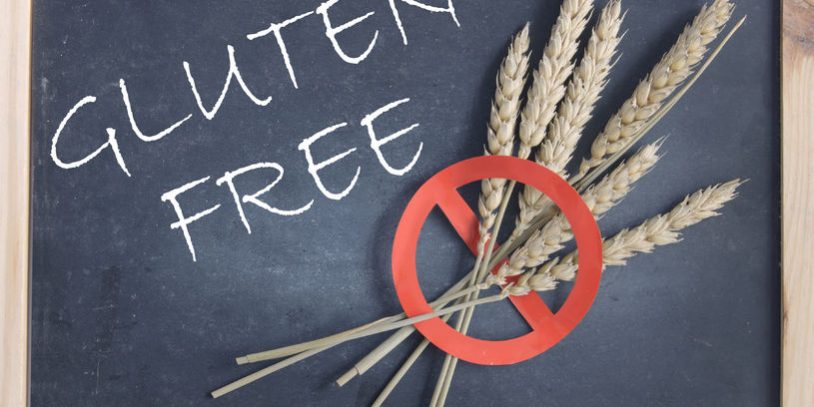I recently had a conversation with a waiter in a restaurant. As I ordered my meal I asked the waiter to please note to the kitchen that my meal was to be gluten free. He asked me how sensitive I was to gluten, and I responded that I have celiac disease and no gluten means no gluten. He said he asked because some people are just avoiding wheat, but I was left wondering if this restaurant was serious about preventing cross contamination.
This conversation is happening frequently as more people opt to follow a gluten free diet, whether they need to or not. If you really need to avoid gluten, it’s important to understand what gluten free means. Avoiding gluten is not simply a matter of cutting bread and other wheat products from your diet. Gluten is a protein found in grains such as wheat, barley, rye and triticale, and it is present in many other ingredients made from these grains.
Celiac disease and gluten sensitivity are two different conditions
- People with celiac disease (an autoimmune disorder) must avoid gluten altogether, even if they don’t show outward symptoms, because gluten can damage the intestinal lining.
- People with non-celiac gluten sensitivity do not have celiac disease but eating gluten may cause them to feel unwell.
With many new products on the market and changes in food labelling guidelines, it’s easier than ever to follow a gluten free diet. However, it’s important to learn the ins and outs from reputable sources, such as a dietitian or the Canadian Celiac Association.
Packaging and food labels
In Canada, if the packaging says gluten free then it’s safe to eat, but there are many other safe foods that are not specifically labelled gluten free. It’s important to know what to look for in the ingredient list.
- First check for allergens or “may contain” lists. If such a list is included on the package, it must identify gluten ingredients if they are present.
- Check the list of ingredients for items containing gluten.
- Check for warnings about the processing, such as “Packaged in a facility that also processes wheat.” This could indicate cross contamination.
It’s important to check the ingredient list every time you buy a product because manufacturing processes and ingredients can change without warning. Many brands provide allergen information on their websites as well.
Hidden sources of gluten
Sometimes gluten can be difficult to spot on food labels because the ingredient list won’t necessarily say “wheat.” The following examples show how gluten may be present but is difficult to identify:
- Hydrolyzed protein – If the label does not specify the type if protein, assume it is wheat protein.
- Malt – Malt contains gluten.
- Oats – Oats are only safe if they are grown and processed to be free from cross contamination. Avoid products where oats are listed in the ingredients, but the product is not labelled as gluten free.
- Starch – If the label does not specify the type of starch, assume it is wheat starch.
This is not an extensive list so it’s important to do your research to better understand what you are eating.
Cross contamination
You may not consider your toaster or peanut butter jar as dangerous, but the potential for cross contamination is there. Crumbs from regular bread can be transferred to your gluten free food.
- Use a separate toaster or a toaster oven (which can be more easily wiped free of crumbs).
- Keep separate containers (butter dish, peanut butter jar, etc.) for your use.
- Use caution when preparing foods with regular flour. The flour dust really does get everywhere, even if you can’t see it.
When you are shopping or eating out, be aware of potential for cross contamination.
- Foods that are prepared on surfaces or cooked in pots that also contained wheat products can cross contaminate your food.
- Situations where utensils may be shared (buffets, bulk bins, deli counters, etc.) can lead to cross contamination.
Talk to a professional
If you need to follow a gluten free diet, it’s a good idea to talk to a dietitian. They can provide you with resources and a plan to help you make the transition.
The information in this article is not intended to replace medical advice from a qualified health professional. Consult your physician and/or dietitian, particularly if you suspect you have celiac disease. Going on a gluten free diet before seeking medical advice can make diagnosis difficult.
Source: Canadian Celiac Association








